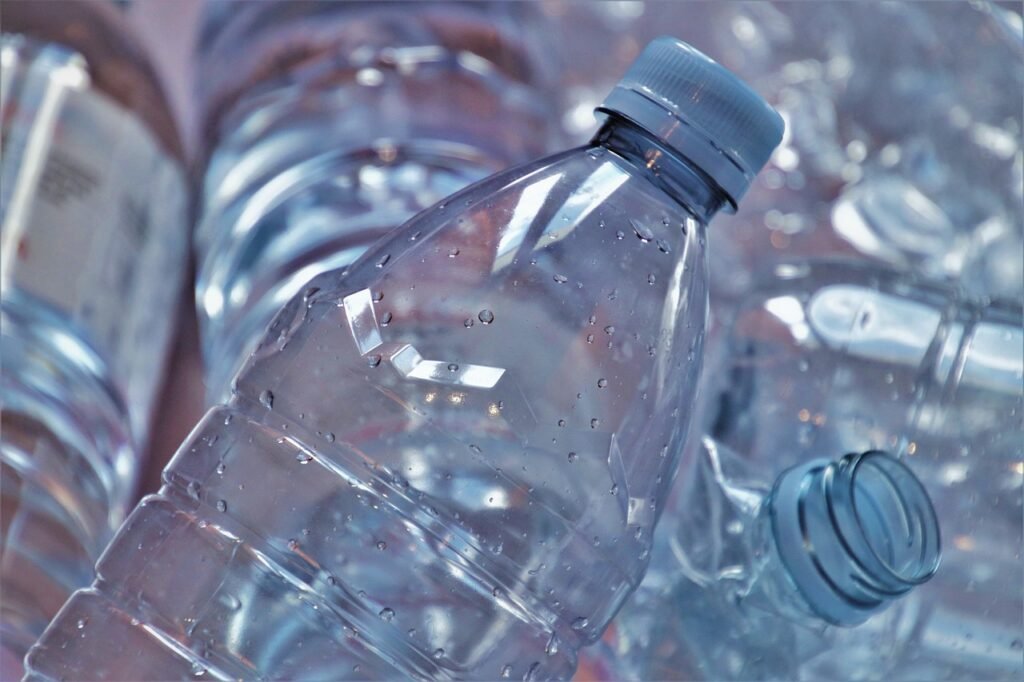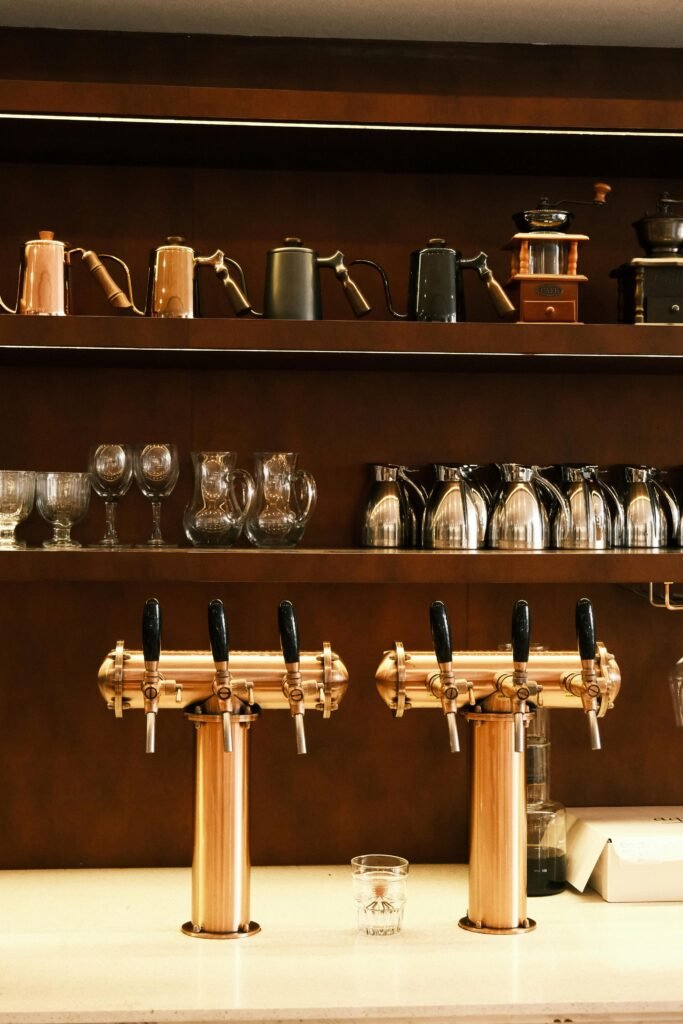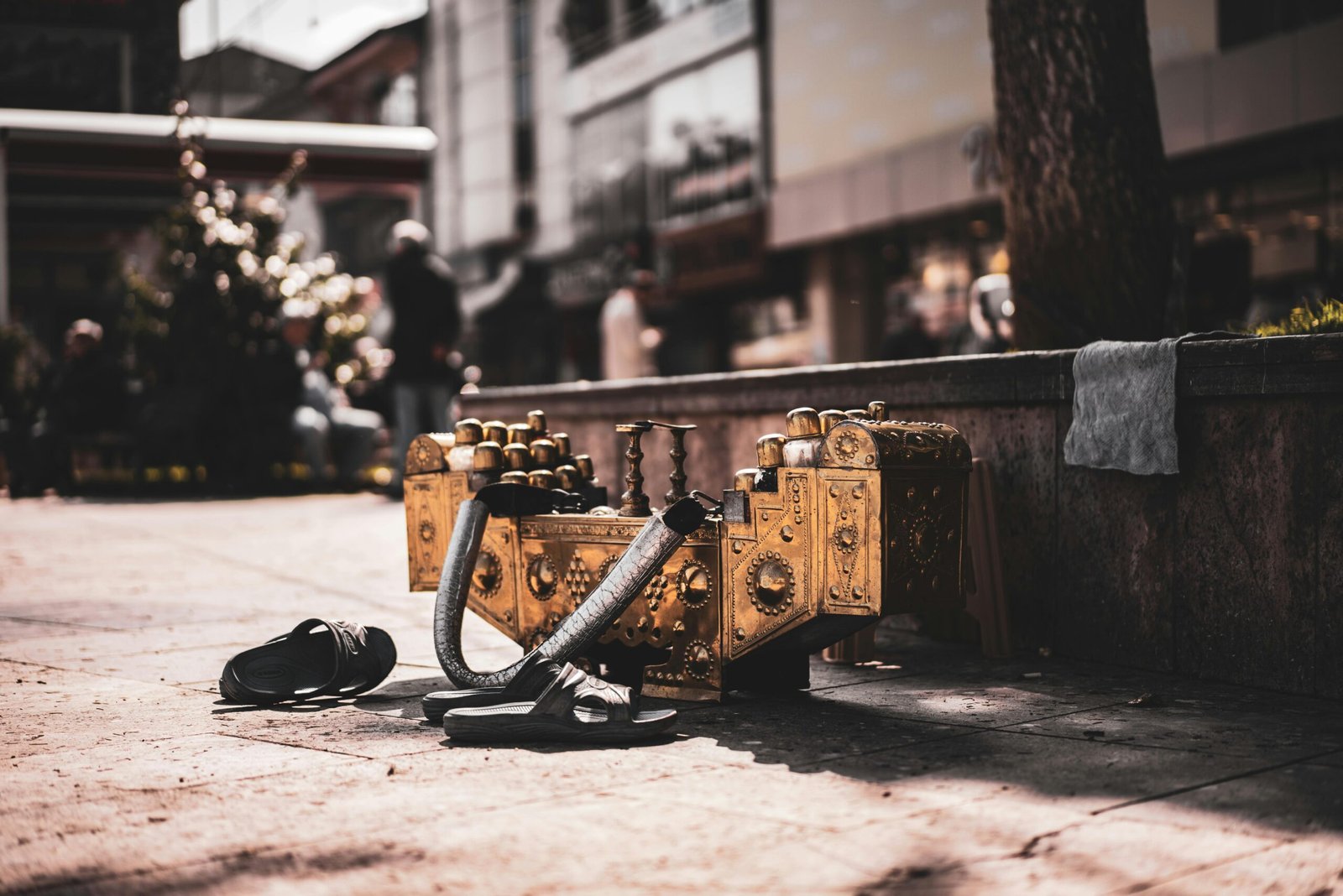Welcome to the fascinating world of plastic food containers! In this article, we will delve into the diverse sizes and shapes that these containers come in. From small round containers perfect for storing leftovers, to large rectangular ones ideal for meal prep, you will see the endless possibilities for organizing your kitchen and keeping your food fresh. So grab a cup of tea, sit back, and get ready to explore the wonderful world of plastic food containers! Have you ever noticed the vast array of sizes and shapes in plastic food containers? From small, round containers for sauces to large rectangular ones for meal prepping, plastic food containers come in various sizes and shapes to suit different needs. In this article, we will explore the diverse sizes and shapes of plastic food containers, helping you understand the differences and choose the right containers for your needs.

This image is property of pixabay.com.
Understanding the Different Sizes of Plastic Food Containers
When it comes to plastic food containers, size matters. The size of the container you choose will depend on what type of food you plan to store or transport. Smaller containers are perfect for condiments, snacks, or small portions, while larger containers are ideal for storing leftovers or preparing meals in advance. Let’s take a look at the most common sizes of plastic food containers:
Small Containers
Small plastic food containers typically range from 1 to 8 ounces in capacity. These containers are perfect for storing small portions of sauces, dips, dressings, or snacks. They are also convenient for packing lunch or snacks for on-the-go.
Medium Containers
Medium plastic food containers usually hold between 8 to 32 ounces of food. These containers are versatile and can be used for storing leftovers, meal prepping, or portioning out larger servings of food. They are a great option for storing soups, stews, salads, or entrees.
Large Containers
Large plastic food containers come in sizes ranging from 32 ounces to several gallons. These containers are perfect for storing bulk items, meal prepping for the week, or transporting large quantities of food. They are ideal for storing family-sized portions of food, such as casseroles, pasta dishes, or salads.
By understanding the different sizes of plastic food containers, you can choose the right size container for your specific needs and avoid wasting space or over-packing.

This image is property of pixabay.com.
Exploring the Various Shapes of Plastic Food Containers
In addition to different sizes, plastic food containers also come in a variety of shapes. The shape of the container can impact how the food is stored, stacked, or transported. Let’s explore the most common shapes of plastic food containers:
Round Containers
Round plastic food containers are a popular choice for storing liquids, soups, sauces, or salads. The round shape allows for efficient storage and stacking in the refrigerator or pantry. They are also great for portioning out single servings of food.
Square Containers
Square plastic food containers are known for their space-saving design. The square shape allows for easy stacking in the refrigerator or pantry, maximizing storage space. These containers are ideal for storing leftovers, meal prepping, or organizing dry goods like grains or snacks.
Rectangular Containers
Rectangular plastic food containers are versatile and come in various sizes. The rectangular shape makes them perfect for storing long or narrow items like sandwiches, wraps, or veggies. They are also great for meal prepping, storing leftovers, or organizing items in the fridge or freezer.
Specialty Shapes
Some plastic food containers come in unique shapes to meet specific needs. For example, compartmentalized containers are divided into sections to keep different types of food separate. These are perfect for meal prepping or packing lunch with multiple components. There are also containers with special features like locking lids, stackable designs, or microwave-safe materials.
By exploring the various shapes of plastic food containers, you can choose containers that best suit your storage, stacking, or transportation needs.

This image is property of pixabay.com.
Selecting the Right Plastic Food Container for Your Needs
When it comes to choosing the right plastic food container, there are a few factors to consider. Think about the type of food you plan to store, how you will use the container, and any special features you may need. Here are some tips for selecting the right plastic food container for your needs:
Consider the Type of Food
Different types of food require different types of containers. For liquids or soups, opt for containers with tight-fitting lids to prevent leaks. For salads or dry goods, choose containers with ample space and airflow to keep food fresh.
Think About How You Will Use the Container
Consider how you will use the container on a daily basis. If you plan to transport food to work or school, look for containers with secure lids and leak-proof seals. If you will be meal prepping or storing leftovers, choose containers that are microwave and dishwasher safe for easy reheating and cleaning.
Look for Special Features
If you have specific needs or preferences, look for containers with special features that make your life easier. This could include stackable designs for efficient storage, compartmentalized containers for portion control, or freezer-safe materials for long-term storage.
By selecting the right plastic food container for your needs, you can ensure that your food stays fresh, organized, and easily accessible whenever you need it.

This image is property of images.pexels.com.
Maintaining and Caring for Your Plastic Food Containers
Proper maintenance and care of your plastic food containers can help prolong their lifespan and keep them in good condition. Here are some tips for maintaining and caring for your plastic food containers:
Clean Containers Regularly
Make sure to clean your plastic food containers regularly to prevent stains, odors, or bacteria buildup. Wash containers with hot, soapy water after each use, and allow them to air dry completely before storing them.
Avoid High Heat
Avoid exposing your plastic food containers to high heat, such as in the dishwasher or microwave. High heat can cause the plastic to warp, crack, or release harmful chemicals into your food. Instead, hand wash containers in warm water or use microwave-safe containers for reheating.
Store Containers Properly
Store your plastic food containers in a cool, dry place away from direct sunlight or heat sources. Avoid stacking heavy items on top of containers or overcrowding them, as this can cause them to warp or crack.
Inspect Containers Regularly
Regularly inspect your plastic food containers for signs of wear and tear, such as cracks, scratches, or discoloration. Replace any containers that show signs of damage to prevent leaks or contamination.
By properly maintaining and caring for your plastic food containers, you can extend their lifespan and ensure that they remain safe and effective for storing your food.
In conclusion, plastic food containers come in a diverse range of sizes and shapes to meet various storage, stacking, or transportation needs. By understanding the different sizes and shapes of plastic food containers, you can choose the right containers for your specific needs and ensure that your food stays fresh, organized, and easily accessible. Remember to consider the type of food you plan to store, how you will use the container, and any special features you may need when selecting the right plastic food container. With proper maintenance and care, your plastic food containers can last a long time and continue to serve you well.
